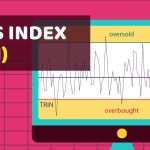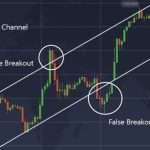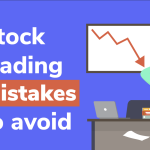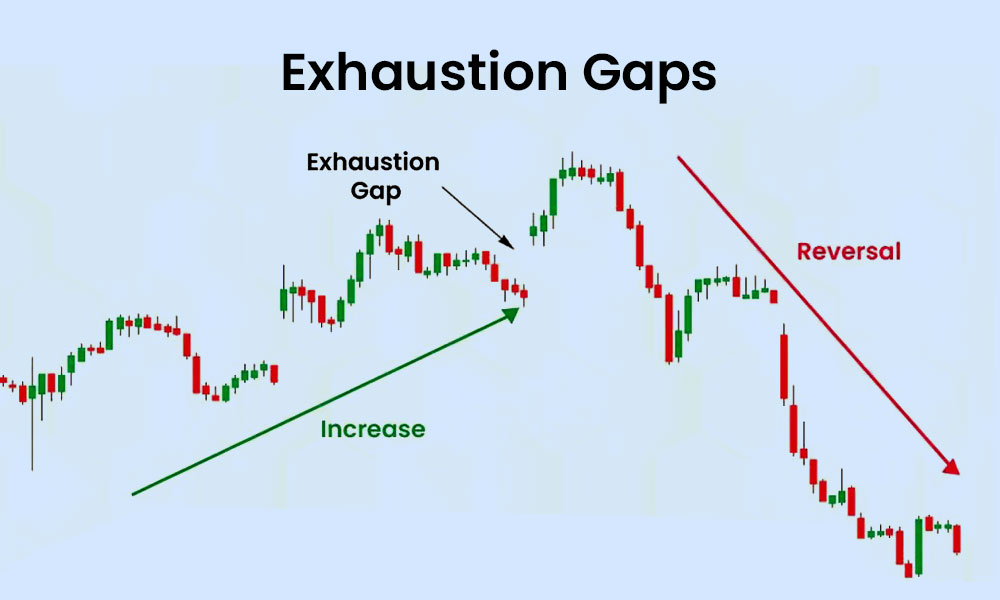
What is the Índice de Precios y Cotizaciones (IPC)?
The Índice de Precios y Cotizaciones (IPC) is the benchmark stock index for Mexico, representing the performance of the largest and most actively traded companies on the Bolsa Mexicana de Valores (BMV), or the Mexican Stock Exchange. The IPC includes about 35 leading companies across various sectors, such as finance, telecommunications, consumer goods, and energy. It is a market-capitalization-weighted index, meaning that larger companies with higher market caps have a greater influence on the overall movement of the index.
The IPC is a key indicator of the performance of Mexico’s economy and stock market, and its components are reviewed periodically to ensure they reflect the market’s most relevant and liquid companies.
Why is the IPC Important?
- Economic Indicator: As the primary stock index in Mexico, the IPC is widely used as a measure of the health of the Mexican economy. The companies listed in the index are leaders in their respective industries, and their performance can reflect broader economic trends, such as growth in sectors like energy, manufacturing, and consumer goods.
- Investor Confidence: The IPC provides a snapshot of investor sentiment in the Mexican stock market. A rising IPC indicates confidence in the Mexican economy and its companies, while a declining IPC may signal concerns about economic stability or corporate earnings.
- Global Recognition: The IPC is recognized internationally as the key benchmark for the Mexican stock market, making it important for foreign investors looking to diversify their portfolios with emerging market exposure. It is also tracked by global investment funds, ETFs, and financial institutions that focus on Latin American markets.
- Base for Financial Products: The IPC serves as the foundation for various financial instruments such as ETFs (exchange-traded funds), mutual funds, and derivatives like futures and options. This allows investors to gain broad exposure to Mexico’s largest companies without needing to buy individual stocks.
Why Use the IPC?
- Broad Exposure to Mexico’s Economy: The IPC offers a diverse portfolio of Mexico’s top companies, spanning industries like telecommunications, banking, and energy. This makes it a useful tool for investors looking for exposure to Mexico’s economy without needing to manage individual stock positions. Investing in an IPC-linked fund or ETF gives broad coverage across key sectors.
- Low-Cost Diversification: For investors who prefer a passive investment strategy, ETFs that track the IPC offer a low-cost way to invest in Mexico’s stock market. These funds are designed to replicate the performance of the index and provide diversified exposure to multiple industries, helping to mitigate risk.
- Liquidity: The companies listed in the IPC are among the most liquid on the Mexican Stock Exchange. This makes it easy for investors to buy and sell shares without significantly impacting the price. Liquidity is a crucial factor for traders and investors who need to enter or exit positions quickly.
- Economic Growth Potential: Mexico is an emerging market with strong ties to the U.S. economy, particularly in sectors like manufacturing, energy, and consumer goods. The IPC offers investors a way to capitalize on Mexico’s growth potential, which can be driven by trade agreements, industrial expansion, and increasing consumer demand.
Should You Invest in the IPC?
Investing in the IPC can be an attractive option for those looking to gain exposure to Mexico’s economy and its top-performing companies. Below are key factors to consider:
- Emerging Market Growth: Mexico, as an emerging market, offers growth opportunities that may outperform more developed economies over time. Mexico’s strategic location, its manufacturing base, and trade agreements like the USMCA (United States-Mexico-Canada Agreement) make the IPC a potential avenue for capitalizing on this growth. However, emerging markets can also be volatile, so it’s important to weigh these risks.
- Sectoral Strength: The IPC includes companies in sectors that are crucial to Mexico’s economy, such as telecommunications (e.g., América Móvil), banking (e.g., Grupo Financiero Banorte), and industrials. Investors who believe in the continued expansion of these sectors might find the IPC a good match for their portfolios.
- Foreign Investment: For international investors looking to diversify their portfolios, the IPC offers a way to gain exposure to Latin America’s second-largest economy. Mexico’s geographic proximity to the U.S. and participation in major trade agreements make it a focal point for foreign direct investment, which can drive stock performance.
- Risks: While the IPC offers growth potential, it also comes with certain risks. Political uncertainty, exchange rate fluctuations, and dependence on the U.S. economy can all impact the performance of Mexican stocks. Additionally, like any emerging market, Mexico’s stock market can be subject to higher volatility than more developed markets. Investors should be prepared for short-term swings in the index.
- Investment Products: For those interested in passive investing, several funds and ETFs track the IPC, allowing for simple and efficient exposure to Mexico’s largest companies. Investors may want to consider options such as the iShares MSCI Mexico ETF or other mutual funds designed to track the IPC’s performance.
Conclusion
The Índice de Precios y Cotizaciones (IPC) is a critical benchmark for Mexico’s economy and stock market, offering a broad and diversified snapshot of the country’s top companies. For investors looking to gain exposure to emerging markets and capitalize on Mexico’s economic growth, the IPC provides a relatively straightforward way to do so, either through direct stock investments or through ETFs and mutual funds.
As always, potential investors should assess their risk tolerance and investment goals. The IPC can offer attractive growth potential for those willing to accept the volatility and challenges of investing in an emerging market like Mexico. For long-term, diversified exposure to Latin America’s economic giant, the IPC is a key index worth considering. Always consult with a financial advisor to ensure that investing in the IPC aligns with your broader financial strategy.






